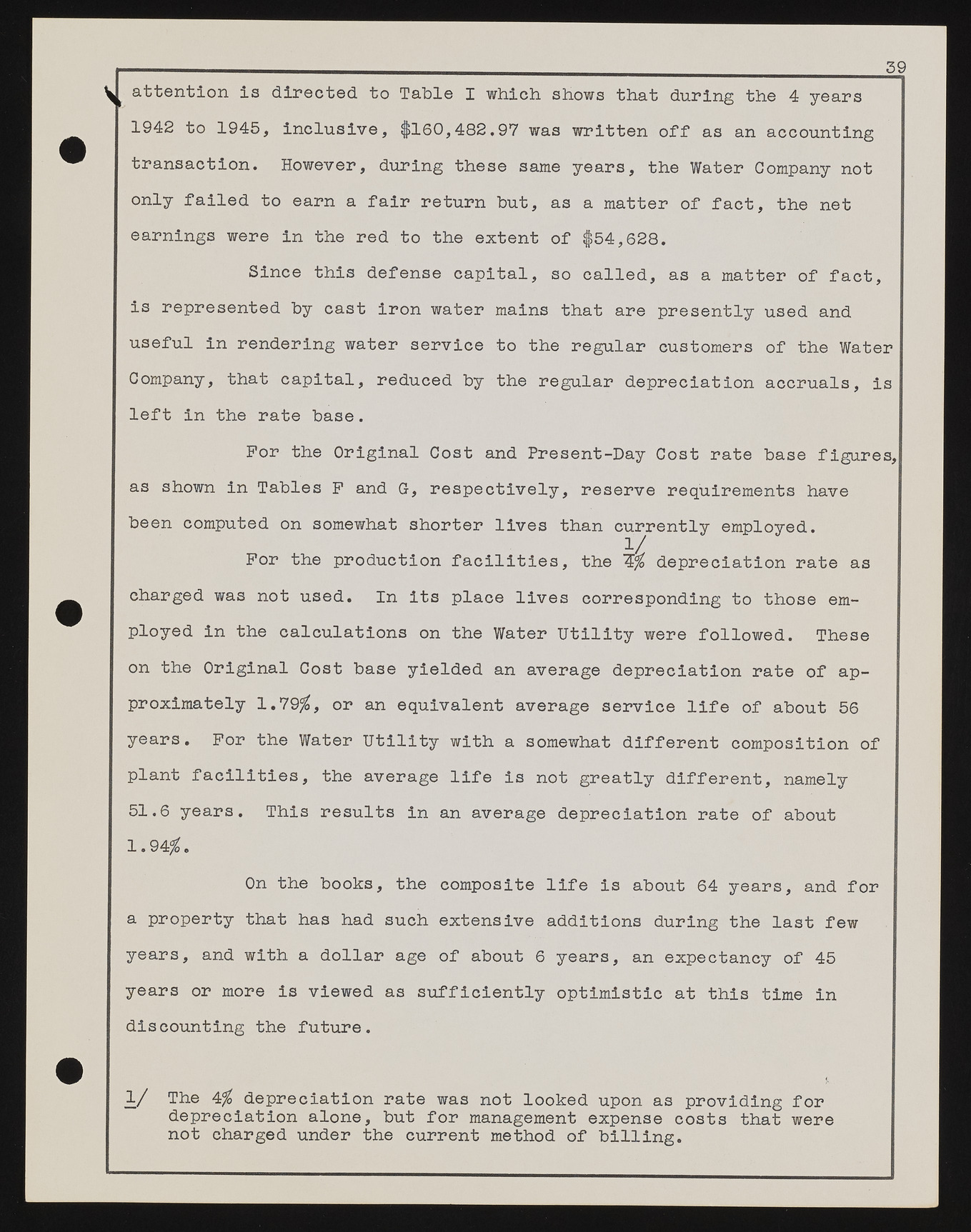Copyright & Fair-use Agreement
UNLV Special Collections provides copies of materials to facilitate private study, scholarship, or research. Material not in the public domain may be used according to fair use of copyrighted materials as defined by copyright law. Please cite us.
Please note that UNLV may not own the copyright to these materials and cannot provide permission to publish or distribute materials when UNLV is not the copyright holder. The user is solely responsible for determining the copyright status of materials and obtaining permission to use material from the copyright holder and for determining whether any permissions relating to any other rights are necessary for the intended use, and for obtaining all required permissions beyond that allowed by fair use.
Read more about our reproduction and use policy.
I agree.Information
Digital ID
Permalink
More Info
Rights
Digital Provenance
Publisher
Transcription
59 t attention is directed to Table I which shows that during the 4 years 1942 to 1945, inclusive, $160,482,97 was written off as an accounting transaction. However, during these same years, the Water Company not only failed to earn a fair return but, as a matter of fact, the net earnings were in the red to the extent of $54,628. Since this defense capital, so called, as a matter of fact, is represented by cast iron water mains that are presently used and useful in rendering water service to the regular customers of the Water Company, that capital, reduced by the regular depreciation accruals, is left in the rate base. For the Original Cost and Present-Day Cost rate base figures, as shown in Tables F and G, respectively, reserve requirements have been computed on somewhat shorter lives than currently employed. 1/ For the production facilities, the 4% depreciation rate as charged was not used, in its place lives corresponding to those employed in the calculations on the Water Utility were followed. These on the Original Cost base yielded an average depreciation rate of approximately 1.79$, or an equivalent average service life of about 56 years. For the Water Utility with a somewhat different composition of plant facilities, the average life is not greatly different, namely 51.6 years. This results in an average depreciation rate of about 1.94$. On the books, the composite life is about 64 years, and for a property that has had such extensive additions during the last few years, and with a dollar age of about 6 years, an expectancy of 45 years or more is viewed as sufficiently optimistic at this time in discounting the future. 1/ The 4$ depreciation rate was not looked upon as providing for depreciation alone, but for management expense costs that were not charged under the current method of billing.

